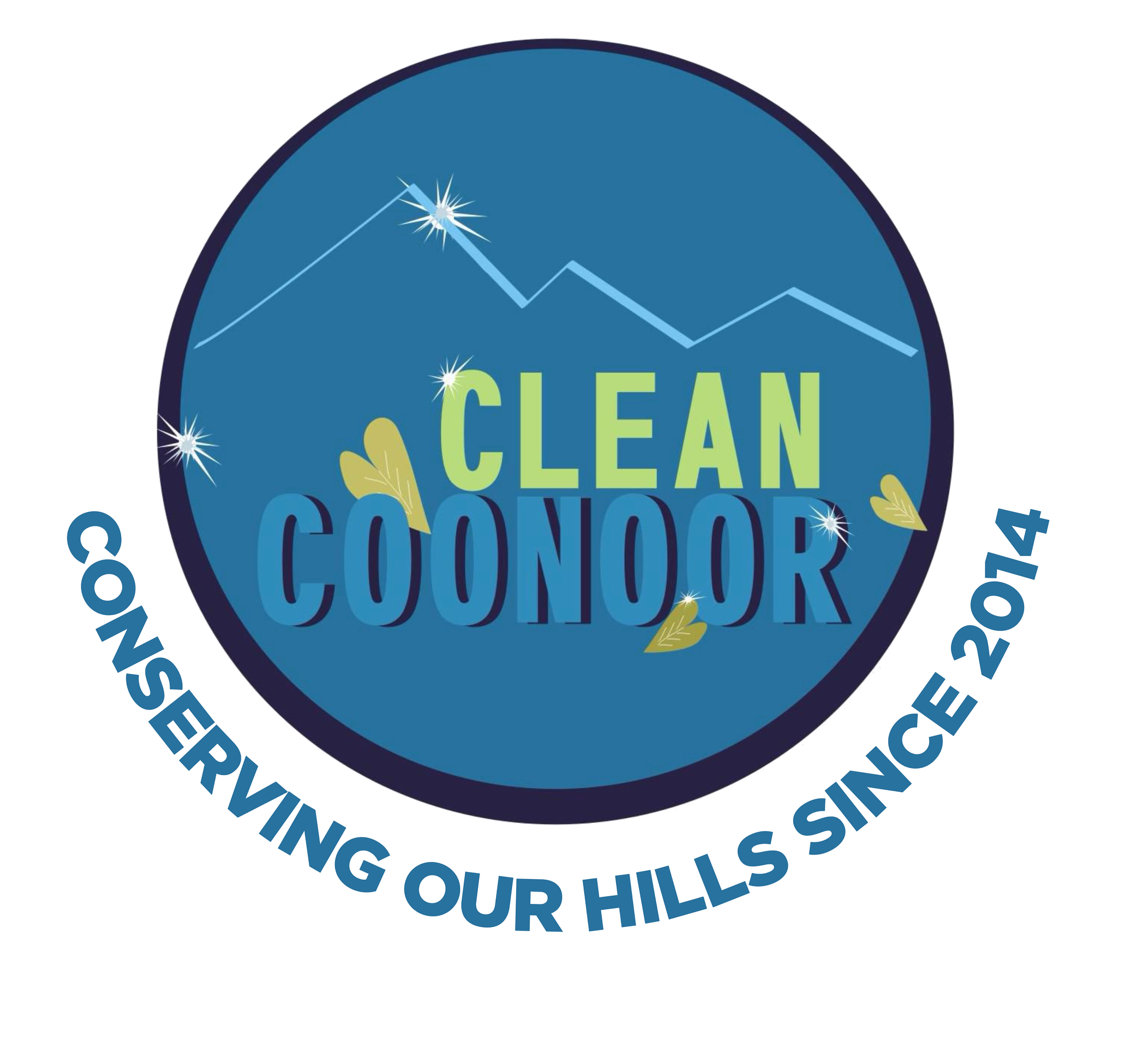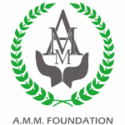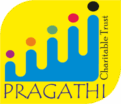Measured as the percentile of the waste re-sorted, handled and quantified as that which qualify as re-usable, repurpose-able, and recyclable – as against the total waste stream handled for the day.
- Acceptable average – 40-80%.
Averages
Intervening Variables
- Percentage of Segregation and Moisture as they can dampen or soil certain recyclables such as paper & cardboard consigning them to compostable & incinerable streams
Confounding Variables
- Power outages and machinery breakdowns interfere with end weighment procedures and show false results
- A single special stream, depending on it’s nature, will either lower or raise the recovery rate.
- Special activities such as clearing of backlogs will show higher rates.
Monthly Trend Since 2023
Recent 6-Month Trend
Recent 31-Day Trend
OBSERVATIONS
Yearly Trends
- As with KPI-6 and KPI-7, recovery largely dependent on methodology of re-sorting – high whenever all combustable waste are designated as an Alternate Fuel Resource (AFR) to be used for energy capture – low when unsaleable plastics alone are designated as AFR.
- The dip observed from Feb 2025 to April 2025 is again attributed to the change in methodology wherein personnel had to adapt to the new norms defining designated recyclables.
Six Month Trend
- Significant reduction in recyclables recovery since change in methodology but shows an increasing trend thereafter.
31-Day Trend
- Trend largely stable except for a solitary peak on 18 Jun due to confounding factors.
- Percentages unpredictable on Sundays and on days of low activity.
Further improvement aimed at by additional automation, re-training, and by intensifying supervision.
31-Day Timeline of Variables












